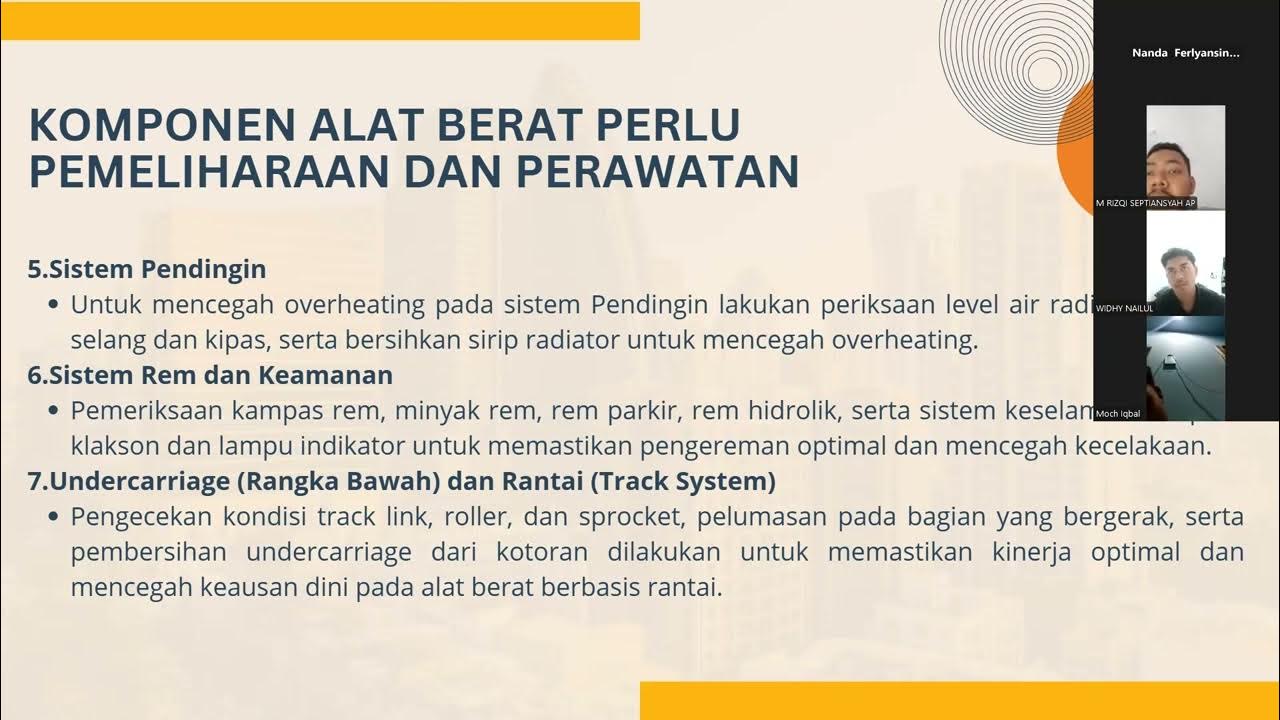New Adventures in Legacy System Modernization
Summary
TLDRThis presentation on legacy modernization emphasizes the importance of operational excellence, proactive system maintenance, and the human element in technology management. The speaker stresses that modernization isn't just about replacing outdated technology but ensuring ongoing improvements and investments. They discuss the challenges organizations face in deciding between updating old systems or retraining staff, using COBOL as a case study. The key takeaway is that every technological solution must be contextual, aligned with business needs, and adaptable as organizations evolve, highlighting the importance of continuous assessment and communication.
Takeaways
- 😀 Legacy modernization begins with understanding that ignoring maintenance and operations leads to the need for modernization.
- 😀 Operational excellence is critical for the ongoing health of technology systems, starting with defining clear goals (SLOs).
- 😀 Monitoring and testing for failures are essential to ensure systems perform correctly and recover when needed.
- 😀 It's important to assess whether the current resources and teams are capable of maintaining and improving legacy systems.
- 😀 Incremental improvements over time are more effective than large-scale, risky overhauls in legacy modernization projects.
- 😀 The cultural readiness of an organization to invest in time and resources for retraining or modernization must be considered when deciding on a modernization approach.
- 😀 Different organizations may face similar problems but require tailored approaches depending on their resources, market position, and culture.
- 😀 Technology decisions should be based on organizational values and the ability to invest in solutions, not just on the age of technology.
- 😀 There are no silver bullets in legacy modernization; the right solution depends on the specific context and circumstances of the organization.
- 😀 The needs of an organization will change over time, and ongoing conversations about the value and goals of technology systems are vital to adapting successfully.
- 😀 Whether to rewrite, retire, or maintain legacy systems, such as Cobalt, should be driven by the organization's ability to sustain and evolve those systems, rather than just the technology's age.
Q & A
What is the core problem addressed in the script regarding legacy modernization?
-The core problem is that legacy systems are often neglected in terms of maintenance, and replacing outdated technology without addressing ongoing operational issues will lead to repeating the same problems in the future.
How does the speaker define operational excellence in the context of system modernization?
-Operational excellence is defined as setting clear goals for the system, monitoring its performance, preparing for failure recovery, and ensuring the right people have the resources to maintain the system.
Why is proactive maintenance considered important for legacy systems?
-Proactive maintenance is crucial because it ensures the system remains functional, addresses performance bottlenecks early, and avoids the cycle of neglect that leads to outdated and ineffective technology.
What does the speaker suggest about replacing legacy technology?
-The speaker suggests that simply replacing outdated technology without addressing the underlying maintenance and operational issues will not solve the problem, leading to a cycle of short-term fixes and long-term failures.
What are the three phases of modernizing legacy systems outlined by the speaker?
-The three phases are: 1) Setting goals with business buy-in, 2) Assessing the current system and monitoring performance, and 3) Implementing targeted improvements to achieve incremental gains while being honest about the organization's investment capacity.
What does the speaker mean by 'precision targeting' in system modernization?
-Precision targeting refers to focusing on specific bottlenecks and areas of improvement within the system, implementing small, incremental changes that result in significant improvements over time, minimizing risk.
How does the speaker suggest handling the issue of outdated technologies like COBOL?
-The speaker suggests evaluating whether it’s worth retraining staff to maintain outdated technologies like COBOL or replacing the system, depending on the organization's ability to invest in training and the availability of resources to support such a transition.
Why is it important for organizations to be honest about their investment in retraining and technology modernization?
-Being honest about investment in retraining and modernization is essential because it helps organizations choose the right path, whether to retrain employees or switch to new technologies, based on their available budget, culture, and long-term goals.
What does the speaker mean by technology being 'contextual'?
-Technology being 'contextual' means that the appropriate solution for one organization may not be the right solution for another. Different organizations face unique challenges and must choose modernization approaches that align with their specific context, resources, and goals.
What is the key takeaway regarding technology and its role in organizations?
-The key takeaway is that technology exists to solve problems, and organizations must continuously evaluate and adapt their systems to meet evolving business needs. The right approach to modernization depends on the organization's specific challenges, resources, and values.
Outlines

This section is available to paid users only. Please upgrade to access this part.
Upgrade NowMindmap

This section is available to paid users only. Please upgrade to access this part.
Upgrade NowKeywords

This section is available to paid users only. Please upgrade to access this part.
Upgrade NowHighlights

This section is available to paid users only. Please upgrade to access this part.
Upgrade NowTranscripts

This section is available to paid users only. Please upgrade to access this part.
Upgrade Now5.0 / 5 (0 votes)





